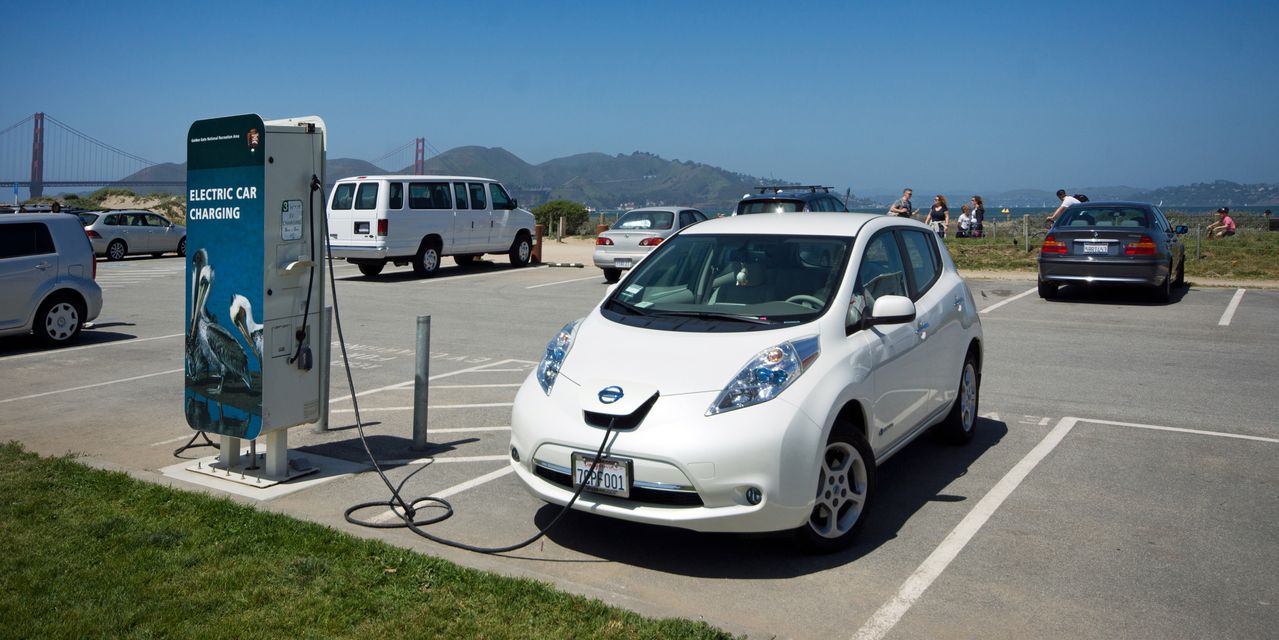This article is reprinted by permission from NerdWallet.
You’ve probably heard the horror stories of crazy-high battery replacement costs for electric cars. Fears of battery failure, limited range and high purchase prices might make you wonder if buying a used EV is a smart decision.
This answer is, it depends — it depends on the condition of the EV you choose and how much you pay for it.
If you can find an older EV with a battery in good shape, it could be a bargain, says Ivan Drury, senior manager of insights for auto site Edmunds.com. But if you buy an EV that is being flipped at a premium that doesn’t qualify for a tax credit, it could be a trap.
While used EVs cost more than gas-powered internal combustion engine, or ICE, cars — with the average transaction price at about $41,000 — you have to look at the total cost of ownership, says Jesse Toprak, chief analyst for Autonomy, an EV subscription service. For example, he says driving an EV could save as much as $5,000 in gas costs in one year.
Buying an EV is different in many ways from purchasing an ICE vehicle. Here’s a look at the key differences and how they change the buying equation.
It’s all about the battery
The lithium ion battery in an EV is comparable to the motor in an ICE car. But with a battery, after a number of recharging cycles, it begins to lose the ability to fully charge. This means that the range will gradually begin to decrease.
Battery degradation doesn’t happen overnight, and it won’t leave you stranded by the side of the road. But as the range decreases, the car is, in a sense, less valuable.
Also read: Thinking of an EV? Here’s your guide to shopping for an electric car.
How quickly, how much?
Consumers should expect EV batteries to last 10 years or longer, according to Recurrent Motors, an EV shopping and research site. Looking at the car’s original battery warranty can help you determine when you might see some battery degradation — but that doesn’t mean the battery is near death.
Fears of battery failure “are a bit overstated,” Toprak says. He thinks the anxiety comes from people thinking of an EV battery as being like a cell phone battery that degrades quickly. But in actuality, a Tesla Model 3 battery was built to deliver power for over 300,000 miles, he says.
Also see: What is hypermiling, and how can it save you money?
Battery costs and warranties
But what if the battery does degrade to the point where it has to be replaced?
Estimates for the cost of new batteries are all over the map, from $0 (meaning it was replaced under warranty) to $20,000.
Nearly all new EV batteries are warrantied for at least eight years or 100,000 miles. In California, EV and hybrid batteries will be covered for 10 years or 150,000 miles by the year 2030, as part of the Advanced Clean Cars II regulations.
You may be able to buy one used off a wrecked EV, or find one that has been reconditioned, at a discounted price.
Read: Yes, we can make EVs cheaper and charge them faster, scientists say
Pricey EVs
Another factor stopping more people from buying used EVs is their high purchase price compared to ICE cars. Drury says recent Edmunds data shows that EVs less than 2 years old — a market dominated by Teslas
TSLA,
and car flippers — are listed for an average price of $58,179. But a 4-year-old EV costs an average of $30,400.
While the purchase price is higher than a gas car, Toprak says EVs save money in the long run due to:
- Incentives and rebates: Some state and federal incentives might effectively reduce the price of a used EV.
- Cost of gas: Depending on how much you pay for electricity, charging an EV is less expensive than gas.
- Maintenance: EVs do not require oil changes and have less likelihood of repairs that ICE cars are prone to because there are fewer systems to check on an EV. Additionally, because EVs use a braking system that recaptures energy to charge the battery, brake pads wear out slowly.
Shopping for a used EV
Since an EV has fewer moving parts, the buying process is actually much more transparent, Toprak says. The main factor is the battery’s health. The potential range can be checked by taking these steps:
- Note the maximum range of the EV as listed on the manufacturer’s site.
- Ask the seller to have the vehicle’s battery fully charged prior to a test drive.
- Check the EV’s mileage gauge to see the indicated range of the fully charged battery.
- Take the car for an extended test drive with the air conditioning on and simulate your typical style of driving.
- Check the remaining range at the end of the test drive.
- Calculate whether the indicated range was mostly accurate by subtracting the final range from the maximum range.
- Get a used car inspection with a brand specialist or a local EV mechanic.
More From NerdWallet
Philip Reed writes for NerdWallet. Email: [email protected]. Twitter: @AutoReed.



